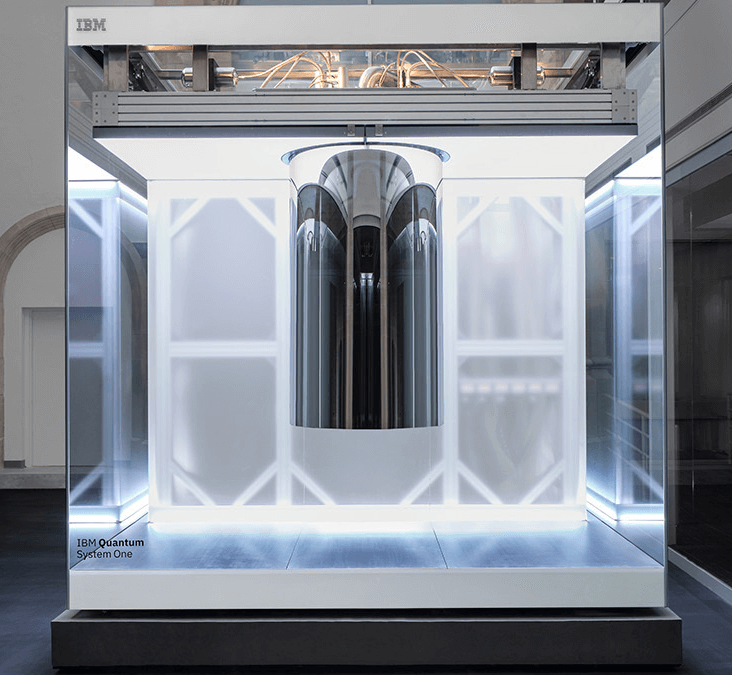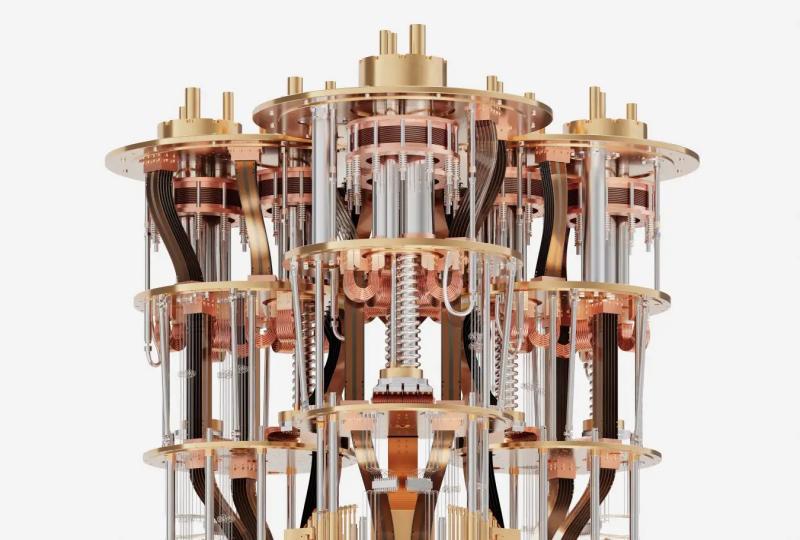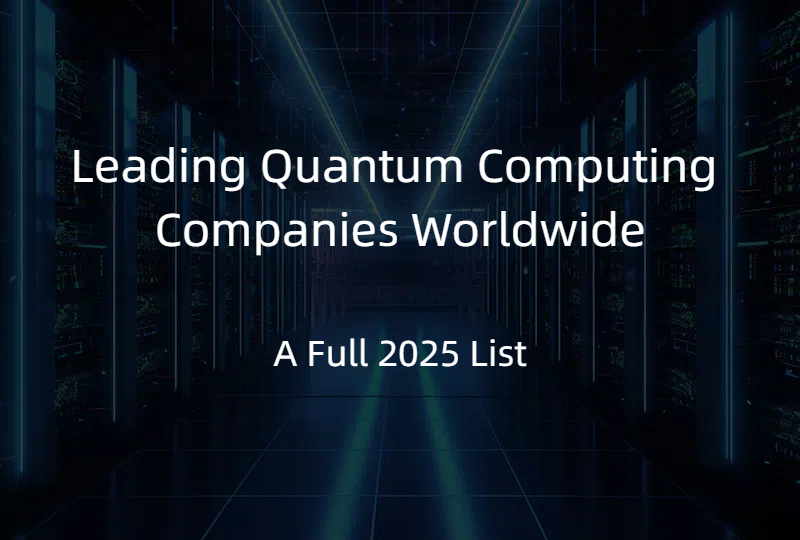Superconducting Quantum Computer Price Range: Full Overview
2025.03.14 · Blog
Superconducting quantum computers represent a breakthrough in solving complex computational challenges far beyond the capabilities of classical computers. Their ability to leverage quantum phenomena like superposition and entanglement has positioned them as a game-changer in industries like cryptography, materials science, drug discovery, and financial modeling. However, their development and acquisition come with a hefty price tag.
This article provides an in-depth look into the price range of superconducting quantum computers and the factors that contribute to their costs, helping organizations evaluate potential investments.
What Are Superconducting Quantum Computers?
Superconducting quantum computers utilize qubits formed by superconducting circuits cooled to near absolute zero using cryogenic systems. This enables minimal resistance and stable quantum coherence. These systems are among the most commercially viable quantum architectures today, with industry leaders like IBM, Google Quantum AI, and SpinQ spearheading advancements.
.jpg)
Superconducting Quantum Computer Price Range: What to Expect
Entry-Level Quantum Systems
Price Range: $1 Million to $2 Million
These systems are designed for academic research, education, and experimental purposes. They usually feature lower qubit counts (5–50 qubits) and are used by universities or smaller labs to explore quantum algorithms and fundamental physics.
Example: SpinQ's superconducting quantum computer (20 qubits)
SpinQ's superconducting quantum computer supports various chips, including 20 high-fidelity qubits, making it ideal for complex chemistry, materials science, and finance tasks. It enables advanced quantum research and commercial applications.

High-End Industrial-Grade Quantum Systems
Price Range: $10 Million to $50 Million
Systems in this category are suitable for industrial research and early-stage commercial applications. They typically have higher qubit counts (50–100 qubits) and offer better error correction and stability, catering to organizations exploring quantum advantages in specific use cases.
More advanced superconducting quantum computers, often exceeding 100 qubits, are developed for national labs, large-scale research institutions, or corporations aiming for competitive advantages in quantum computing. These systems come with robust software ecosystems and require substantial infrastructure for operation and maintenance. For example, Google's Willow processor, announced in December 2024, features 105 qubits and has achieved below-threshold quantum error correction, marking a significant milestone in the field.
Example: IBM's Quantum System One (127 qubits)
IBM's Quantum System One features the 127-qubit IBM Quantum Eagle processor, first introduced in 2019. It is a commercially available quantum computer designed specifically for enterprise applications.

Top Cloud-Based Quantum Computing Platforms and Their Pricing Models
Acquiring and maintaining a superconducting quantum computer is prohibitively expensive. However, cloud-based quantum computing services offer an accessible alternative, providing users with access to various types of quantum processors, including superconducting quantum computers. Leading providers in this field include IBM, Amazon, and Microsoft, each offering distinct pricing models:
1. IBM Quantum:
IBM provides access to its quantum systems through various plans. The Premium Plan requires a subscription and is priced at approximately $48 USD per minute. This plan is ideal for organizations aiming to develop quantum algorithms and applications at scale. For dedicated resources, IBM offers a Dedicated Service, which provides exclusive access to a quantum system; pricing for this service is available upon request.
Amazon's quantum computing service operates on a pay-as-you-go basis. Users incur a per-task charge of $0.30, supplemented by a per-shot fee of $0.03. For instance, executing a task with 2,500 shots would result in a total cost of $75.30.
Microsoft offers access to quantum hardware and simulators through its Azure platform. First-time users may receive up to $500 in free Azure Quantum Credits for each participating quantum hardware provider. After depleting these credits, users can apply for additional credits through the Azure Quantum Credits program.
Key Cost Drivers for Superconducting Quantum Computers
Qubit Performance: High-quality qubits with low error rates demand precision engineering and materials, driving up costs.
Cooling Systems: Superconducting quantum computers require dilution refrigerators that cool to millikelvin temperatures, accounting for a significant portion of the expense.
Control Electronics: Sophisticated microwave control systems are needed to manipulate and read qubits, further increasing prices.
Software Ecosystem: Proprietary quantum software, APIs, and development platforms for programming quantum computers are integral but add to the cost.
Maintenance and Upgrades: The operational lifecycle includes high maintenance costs, periodic upgrades, and expert support.
Infrastructure Requirements: Facilities must include vibration-free environments, electromagnetic shielding, and power redundancy, contributing to installation expenses.
According to a report in the Journal of Quantum Mechanics, the annual operational cost for a small-scale quantum computer can range from $1 million to $2 million.
This estimate highlights the significant expenses involved throughout the system's lifecycle—from research and development, to hardware and software development and maintenance, to achieving commercial readiness.
Whether supporting a small research initiative or a full-scale commercial deployment, the financial investment required is substantial.
Superconducting Quantum Computers Applications Driving Adoption
Industries adopting superconducting quantum computers often prioritize real-world applications that leverage quantum advantages for enhanced computation and problem-solving.
Drug Discovery and Materials Science: Simulating molecular structures and chemical interactions.
Financial Modeling: Optimizing portfolios, risk management, and fraud detection.
Artificial Intelligence: Enhancing machine learning models through quantum-assisted techniques.
Cryptography: Developing post-quantum encryption methods to secure data.
Is a Superconducting Quantum Computer Right for You?
Superconducting quantum computers are an investment that can deliver unparalleled computational advantages. They are ideal for:
1. Large enterprises in industries with complex optimization problems.
2. Academic and research institutions exploring quantum mechanics and algorithms.
3. Government agencies focused on national security and advanced research.
If your organization is considering acquiring such a system, assess long-term goals, funding capabilities, and the operational quantum systems required.
Conclusion
Superconducting quantum computers represent a significant leap in computational technology, offering solutions to challenges once considered insurmountable. While the price range—from $1 million for entry-level systems to over $10 million for advanced setups—may seem daunting, their potential value to industries and research institutions is unmatched.
Stay informed: Quantum computing is advancing rapidly. Subscribe to updates to keep up with the latest developments and price trends.
Featured Content






